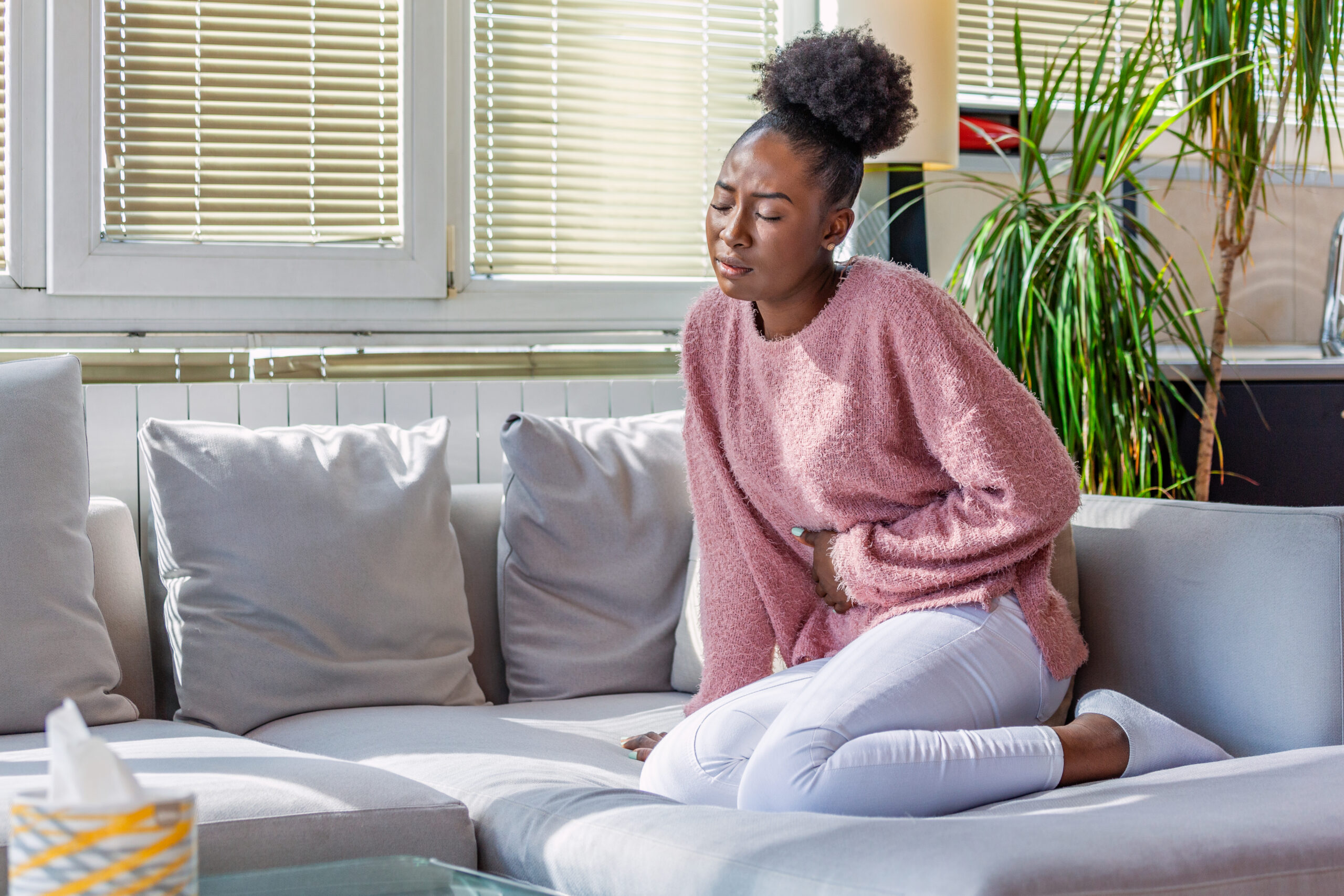
If you thought endometriosis was strictly a problem for the pelvic area, think again. There’s another, lesser-known type that’s rewriting the rules, extrapelvic endometriosis. This condition acts like a rogue agent, causing pain in places you wouldn’t expect—from the lungs to the skin and even the nervous system. So, what happens when endometriosis decides to move out of its usual territory and invade other parts of the body? Let’s take a closer look.
Table of Contents
The Biology Breakdown
Picture a woman coughing up blood every month, and no one connects the dots between her lung symptoms and her menstrual cycle. Or imagine sciatica pain that refuses to go away, well that is until doctors discover endometrial-like tissue wrapped around the nerve. These scenarios sound like plot twists in a medical drama, but they’re the lived reality of people with extrapelvic endometriosis. It’s a condition that’s not just painful; it’s also isolating, confusing, and often dismissed.
So, how does endometrial-like tissue end up in places it has no business being? Scientists don’t have all the answers, but theories exist.
Some suggest that endometrial cells travel through the lymphatic or circulatory systems. Others believe it’s the result of surgical scarring or retrograde menstruation, when menstrual blood flows backward through the fallopian tubes, spreading rogue cells to distant sites.
Once in these new locations, this tissue acts like it’s still in the uterus; it builds up, breaks down, and bleeds with every cycle. Yet, there’s no easy way for the blood to escape, leading to inflammation, scarring, and sometimes the formation of painful cysts or nodules.
Extrapelvic Endometriosis and the Body
Extrapelvic endometriosis doesn’t play by the rules. Depending on where it decides to settle, the symptoms can vary drastically. Doctors classify the condition into different types based on the specific organs or body systems affected. Let’s take a closer look at how this condition manifests and the complications it can cause. According to Healthline, here’s how it’s categorized:
Intestinal Endometriosis
The bowels are one of the most common sites for extrapelvic endometriosis. Endometrial-like tissue grows on the intestines, causing gastrointestinal symptoms that often worsen during menstruation.
Symptoms include:
- Abdominal pain or cramping.
- Bloating, sometimes severe.
- Rectal bleeding.
- Constipation or diarrhea.
- Pain or straining with bowel movements.
Urinary Tract Endometriosis (UTE)
This type targets parts of the urinary system, such as the bladder or kidneys. It’s often misdiagnosed due to overlapping symptoms with urinary tract infections (UTIs).
Symptoms may include:
- Painful urination.
- Blood in the urine.
- Frequent urges to urinate.
- Urinary incontinence.
- Flank pain, potentially radiating to the back.
Thoracic Endometriosis
Thoracic endometriosis affects the chest cavity, including the lungs, and is notoriously difficult to diagnose due to its rare nature.
Symptoms include:
- Chest pain that flares up around menstruation.
- Coughing or coughing up blood.
- Shortness of breath.
- Rare cases of a collapsed lung.
Other, less common forms of extrapelvic endometriosis can manifest in unexpected and unusual areas of the body. Skin endometriosis, for instance, occurs when endometrial-like tissue develops on or near surgical scars. This often leads to painful lumps or lesions that may inflame during menstruation.
Neurological endometriosis, on the other hand, involves the nerve pathways. It can cause debilitating symptoms such as radiating pain, severe headaches, or sciatica-like sensations that interfere with daily life.
Although rare, these types highlight the unpredictable nature of extrapelvic endometriosis and its potential to affect nearly any part of the body.
Awareness and Our Community
Imagine dealing with chronic pain for years, visiting doctor after doctor, and still not getting the answers you need. For many Black women with endometriosis, that’s the reality. The diagnosis can take years, with symptoms often brushed off or misdiagnosed as stress, anxiety, or unrelated health issues.
Now, add extrapelvic endometriosis to the mix, pain that goes beyond the pelvis to areas like the chest, nerves, or even the skin. The confusion and dismissal of those symptoms can make it feel like no one is truly listening or seeing the full picture.
Studies have shown that Black women are only about half as likely to be diagnosed with endometriosis compared to white women. That’s a huge gap, driven by racial biases in healthcare and a lack of understanding of the condition in general. On top of that, Black women are more likely to report chronic pain, including things like migraines, back pain, and nerve pain, but, as the National Caucus and Center on Black Aging points out, their pain is often downplayed or ignored altogether. Harmful stereotypes, like the belief that Black women have a higher pain tolerance or that their pain isn’t “serious enough,” still linger and continue to influence the quality of care that our community gets.
And when you’re living with something like extrapelvic endometriosis, the stakes are higher. For many Black women, this isn’t just a healthcare problem; it can be a profoundly personal and isolating experience. Getting the proper care means challenging the system and breaking down these barriers so every woman feels heard, respected, and supported.
Intuition and Advocacy
Understanding extrapelvic endometriosis isn’t just about awareness; it’s about improving lives. It’s about trusting that your pain is valid, knowing it’s enough to seek answers, and feeling empowered to push for the care you deserve. It’s about finding peace in your healthcare journey, asking those nagging questions, and quieting the health anxiety that so many of us know too well.
For Black women especially, it’s a call to break down harmful stigmas and demand the equitable care that’s long overdue. It all starts with knowing your body, trusting yourself, and taking that first step. If something feels wrong, why not make sure it isn’t?
In honor of endometriosis month—and every month—put yourself and your health first. Because at the end of the day, nothing matters more than you.
























